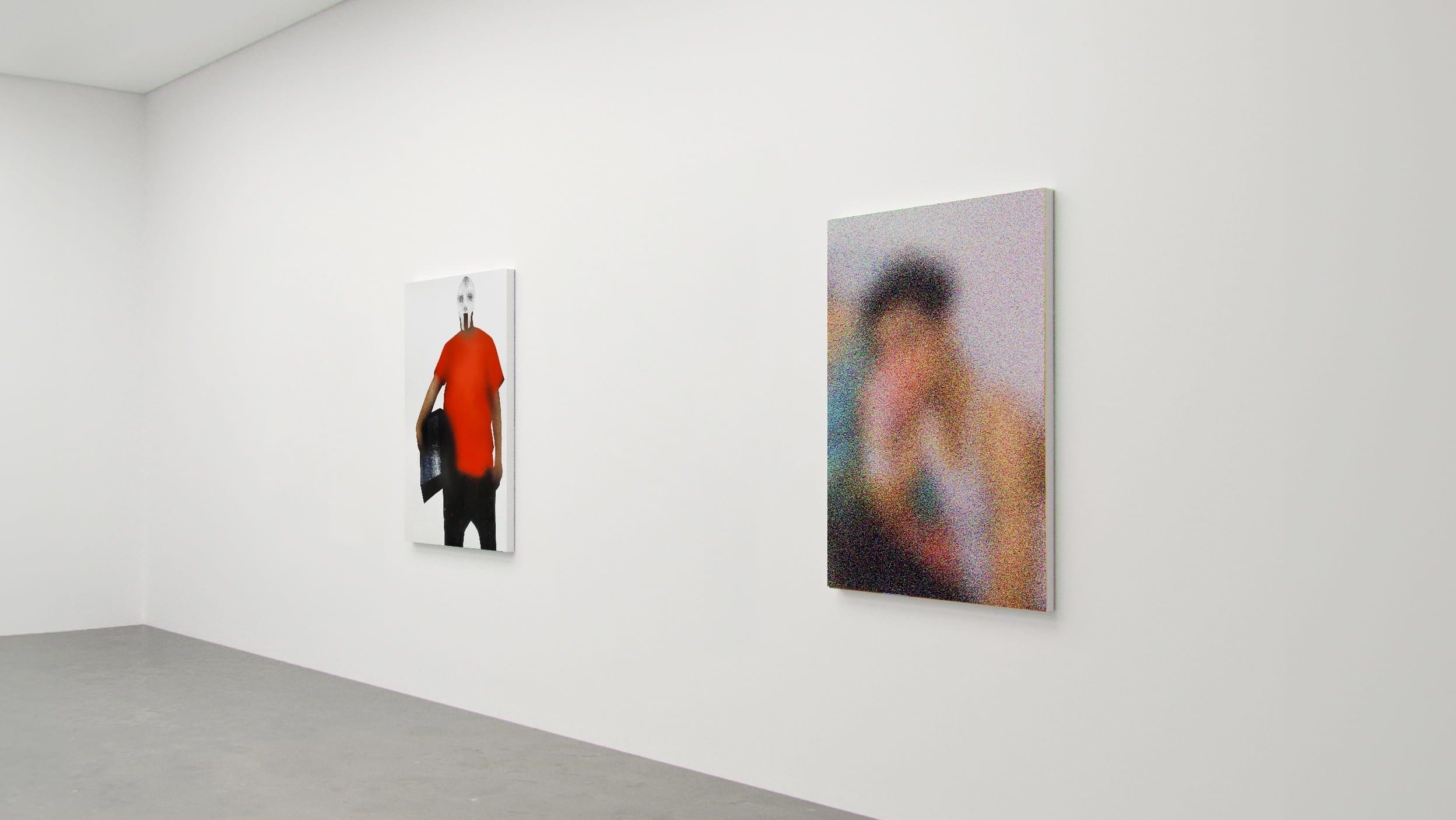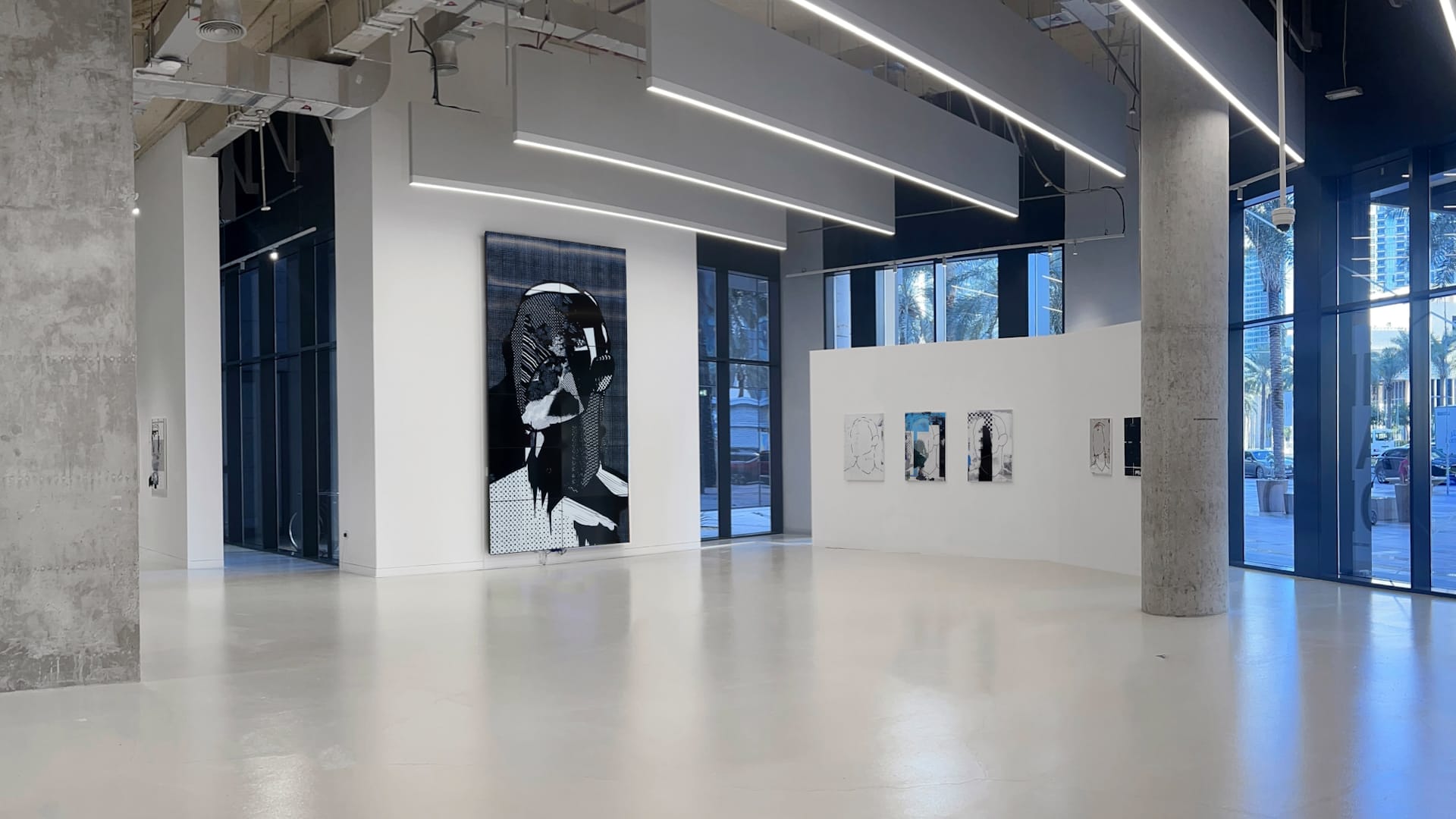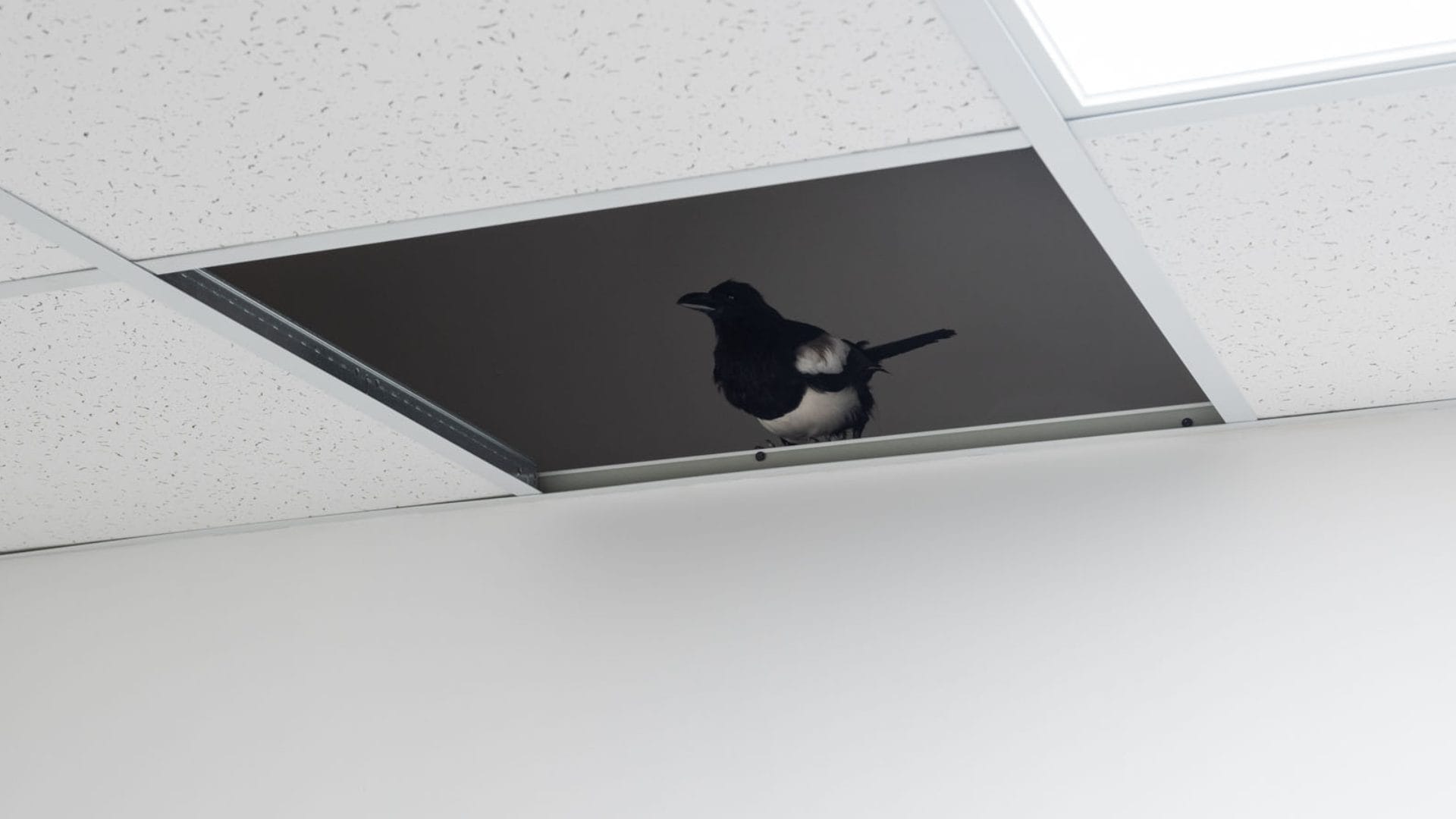
What Remains of the Gesture: Fables, Algorithms, and the Melancholy of the Mechanical. Ryan Gander at Basament, Roma
“We are what we repeatedly do,” Aristotle once said. But in a time when repetition is dictated more by algorithms than habits, what exactly are we becoming?”
As we descend into Basement Roma, tucked beneath the streets of Rome, the mood quickly shifts from the ancient grandeur of the city above to the unsettling hum of contemporary unease. Ryan Gander’s exhibition Life’s a bit, his first solo show in Rome, presented by CURA and curated by Adam Carr, Andrea Baccin, and Ilaria Marotta, occupies the space with both mischief and gravity. Running from March 20 to May 30, 2025, the show marks a turning point in Basement Roma’s experimental trajectory, transforming the very nature of what a solo exhibition can be. And yet, the staging is anything but self-contained. What unfolds here is a layered response to modern life, where automation, moral tales, and dying mosquitoes coexist in an atmosphere charged with quiet critique.
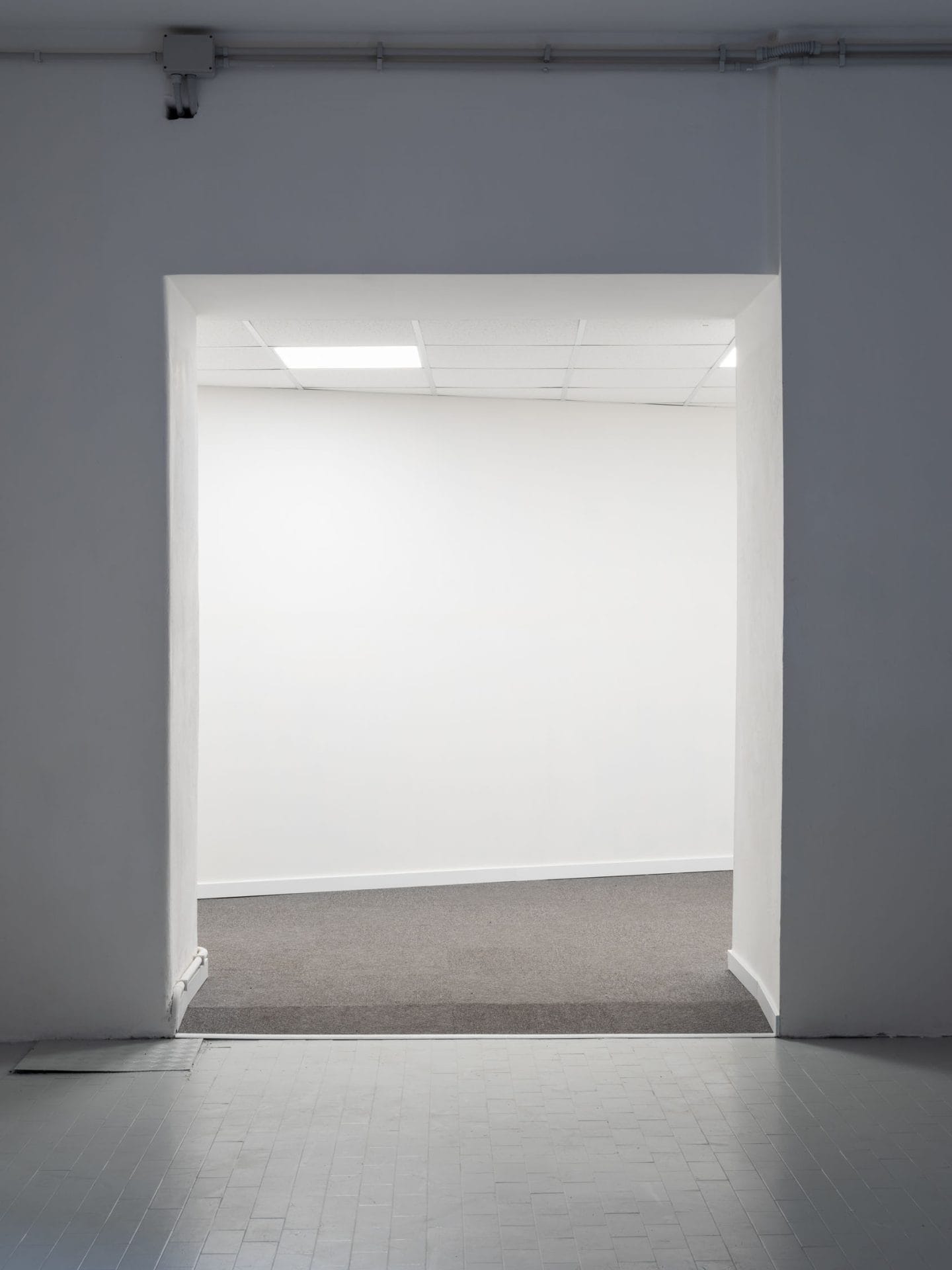
The exhibition reads like a theatrical production. The gallery becomes both a set and a container of illusion. On arrival, we’re confronted with a curious sight: the actual working office of Basement Roma staff has been displaced into the main gallery space. A meta-move, yes, but also one that reveals Gander’s ongoing interest in mise-en-scène, spaces built to be observed while pretending not to be. Elsewhere, fragments of a suspended office ceiling hang like corporate fossils, evoking not just functionality but also a faded promise of productivity and upward mobility. There’s a ghostly quality here, a sense that capitalism’s great stage is crumbling, even as we still perform its routines.

Yet Life’s a bite isn’t simply about critique, it’s also filled with wit, myth, and the strange poetry of animatronics. Gander introduces us to The Magpie’s Tale, an animatronic work that steals the show by speaking with the voice of a child, his daughter, reciting a fable written by the artist. Perched above the office ceiling like an oracle in exile, the magpie delivers wisdom in the form of a parable: looping, rhythmic, and timeless. The style deliberately invokes centuries-old moral storytelling, yet the content resonates with digital-age dilemmas. It questions our screen-fed attention spans, our data-mined identities, and the seductive myth of perpetual progress. The fable doesn’t preach; it lingers, unsettling and unresolved.
Technically, Gander continues to expand his visual language through mechanical movement and acoustic narrative. His animatronic pieces, here, a twitching mosquito in Everything is Political (2025) and, elsewhere in his oeuvre, mice or even a puppet version of himself, bridge the uncanny valley. The mosquito, though barely animated, becomes a microcosm of modern malaise. Is it part of the narrative or just a glitch in the system? Gander doesn’t tell us. Instead, he uses these small-scale interventions to fold the viewer’s attention inward. Sound, motion, and emptiness become materials as potent as marble or oil paint.
Compared to Gander’s earlier work, such as his 2002 debut that emphasized a crack in a blind, or his 2011 Artangel project with inaccessible rooms, Life’s a bite feels more extroverted. But only deceptively so. The emptiness of the space, the minimal material presence, and the audio’s centrality all echo past themes. What’s changed is the tone: here, the work is more directly engaged with storytelling, even as it undermines narrative closure. It’s a meditation on consequences in an age where speed trumps meaning.
The exhibition also extends beyond its centerpiece. A rustling wall of pound notes in I’m never coming back to New York again (2016) and pages discarded from the fable’s transcript in “God blind me!” The widow exclaimed (2025) operate like footnotes come to life. These works function autonomously, yet they deepen the narrative’s diffusion, suggesting that meaning itself might be an unstable currency, liable to shift depending on where you’re standing or listening.
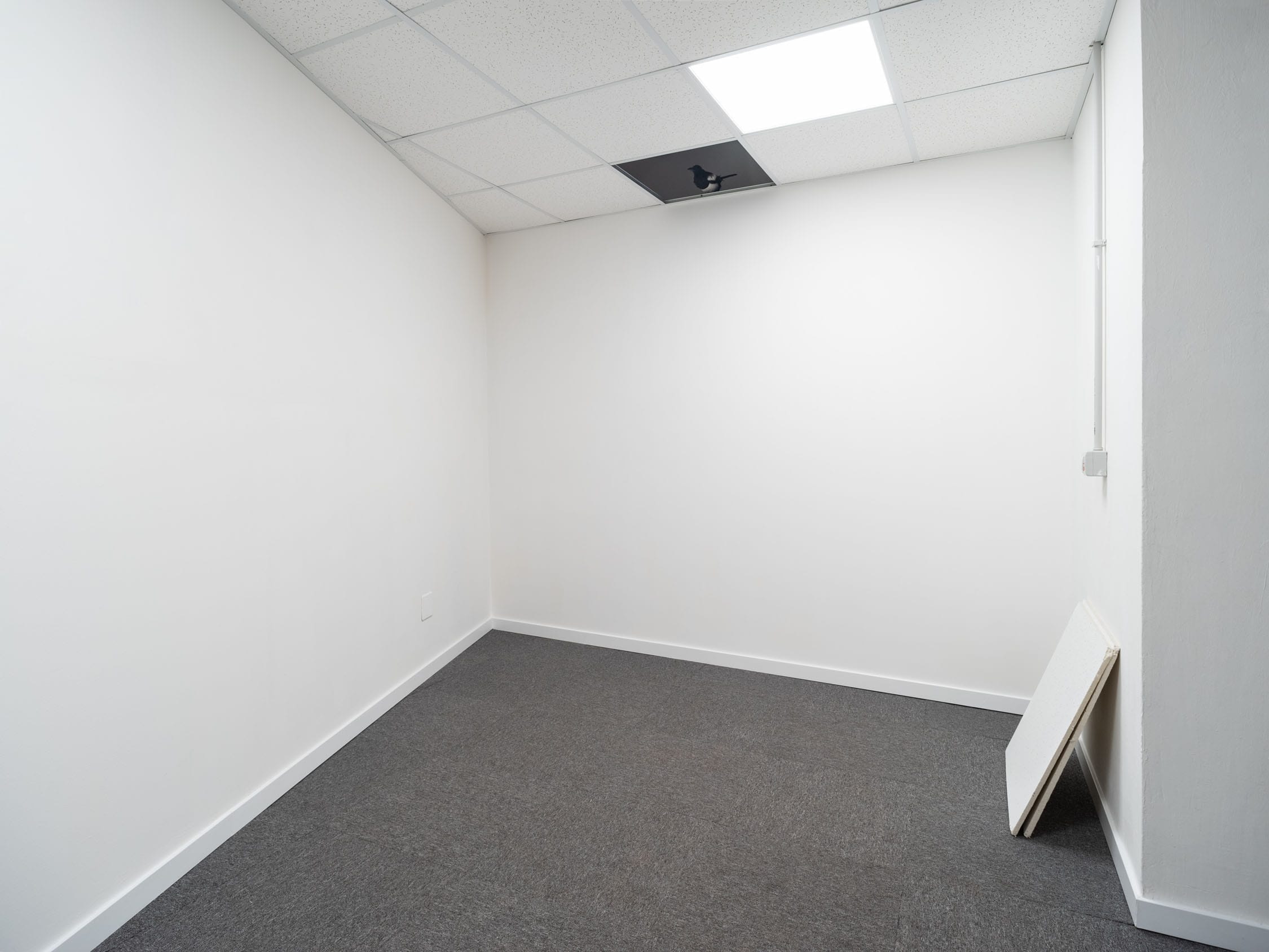
There’s an emotional core here, too. Knowing that the magpie’s voice belongs to Gander’s 15-year-old daughter adds a layer of intimacy. It connects this exhibition to a longer arc in his practice, where fatherhood and generational transmission are recurring themes. What once took the form of dens carved in marble or squeaking mice now returns in spoken form, voiced with eerie calmness and gentle command. The fable becomes not just a story but a lineage.
Ultimately, Life’s a bite does not offer resolution. It’s a slow-burn experience, a show that lets meaning emerge incrementally, sometimes frustratingly so. But maybe that’s the point. In a world designed to gratify instantly, Gander suggests another tempo, one that allows room for reflection, doubt, and the murmur of a bird above an artificial ceiling.
As we exit Basement Roma, the title lingers like an aftertaste: Life’s a bite, not quite a feast, not quite a fight. Just a morsel, maybe poisoned, maybe sweet. Either way, you chew on it long after you’ve gone.
FW
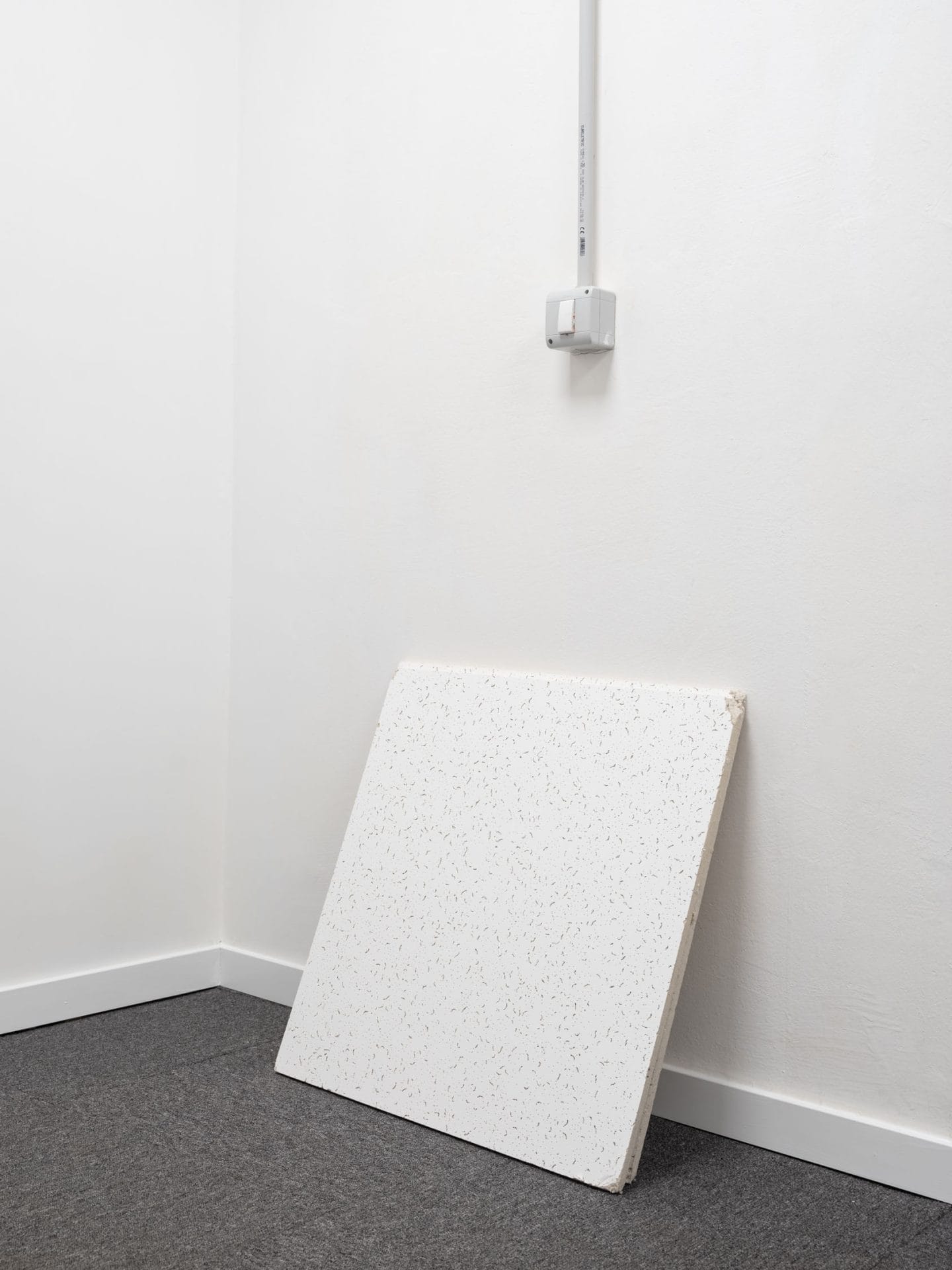






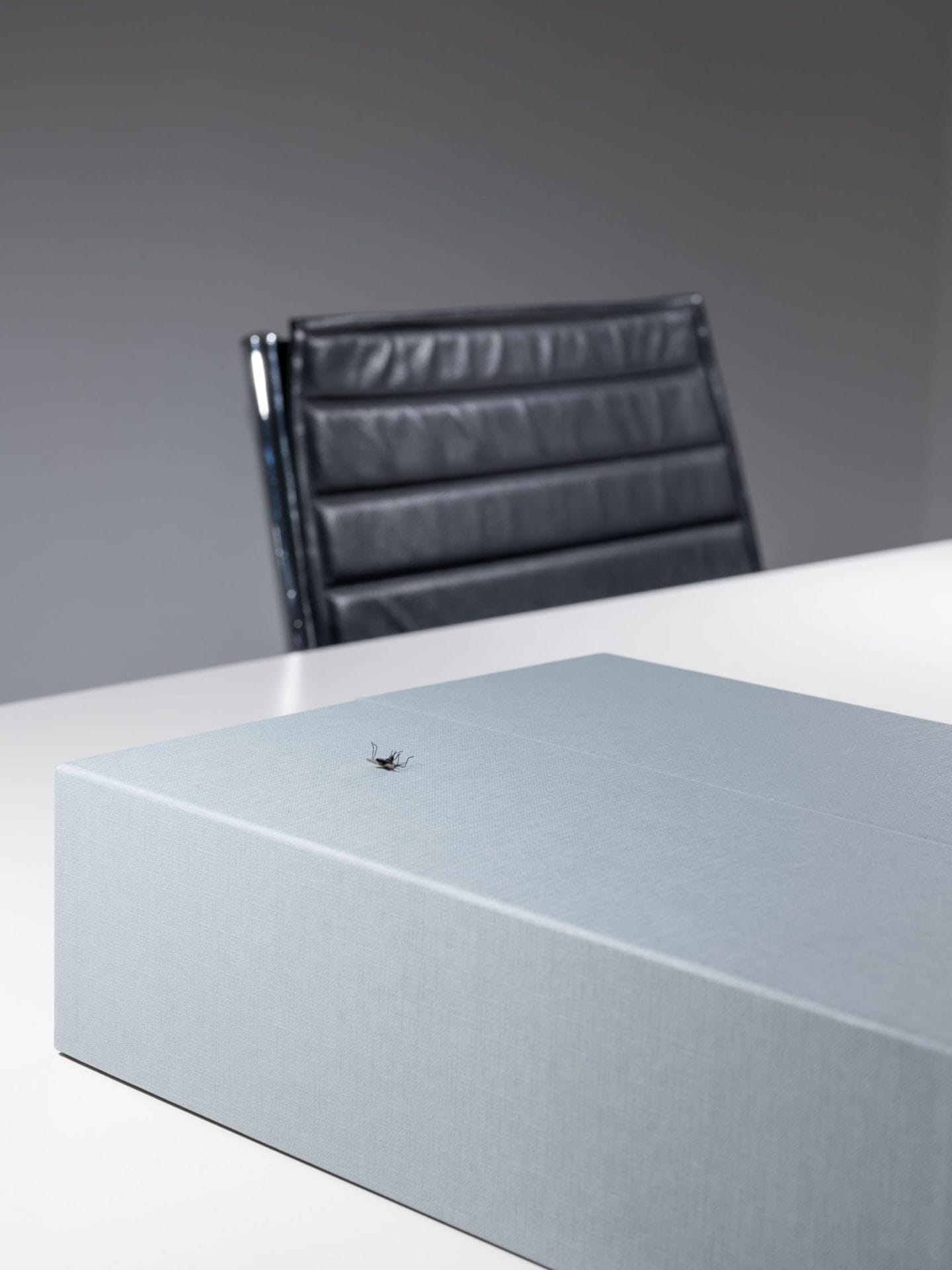

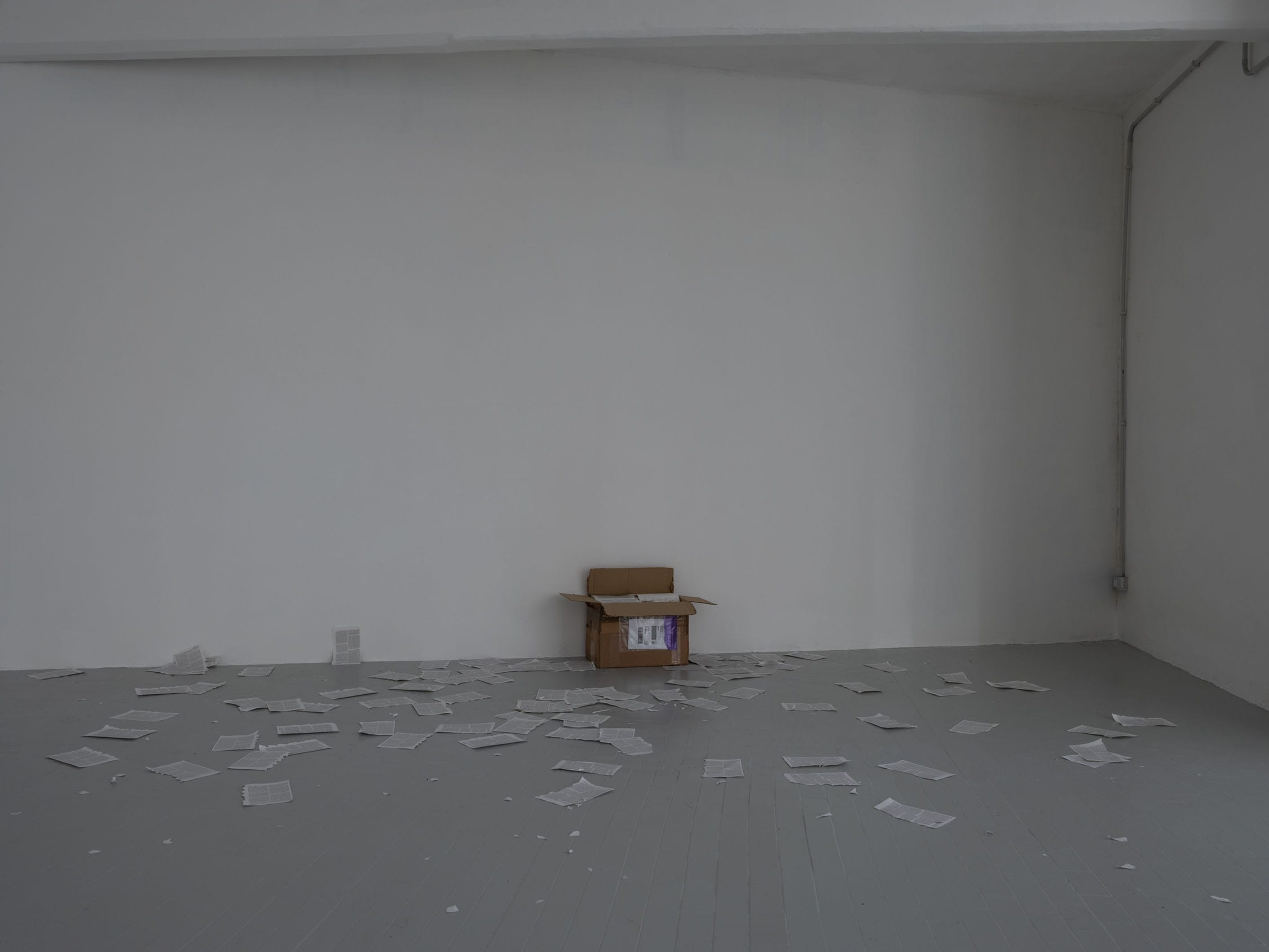


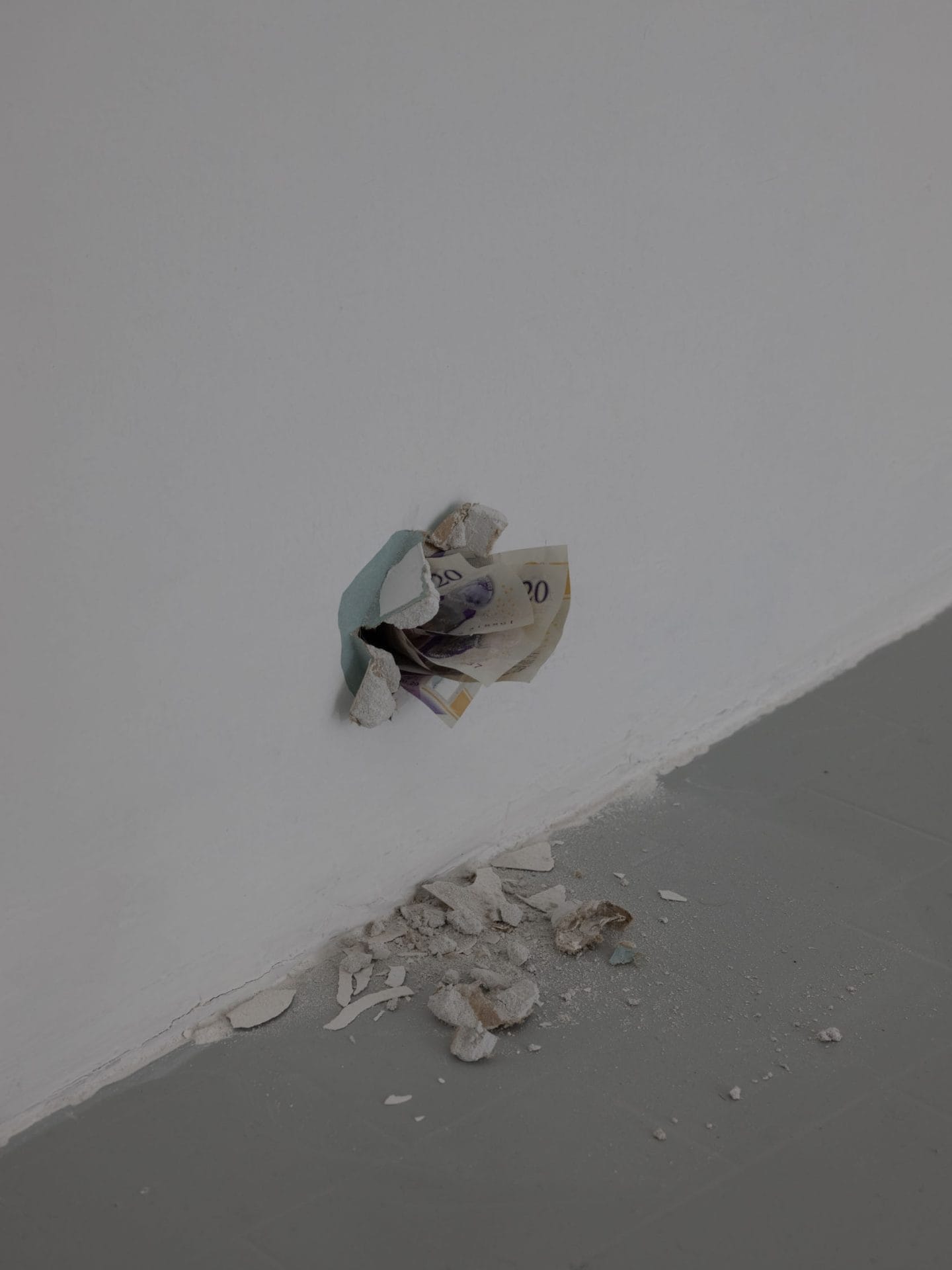
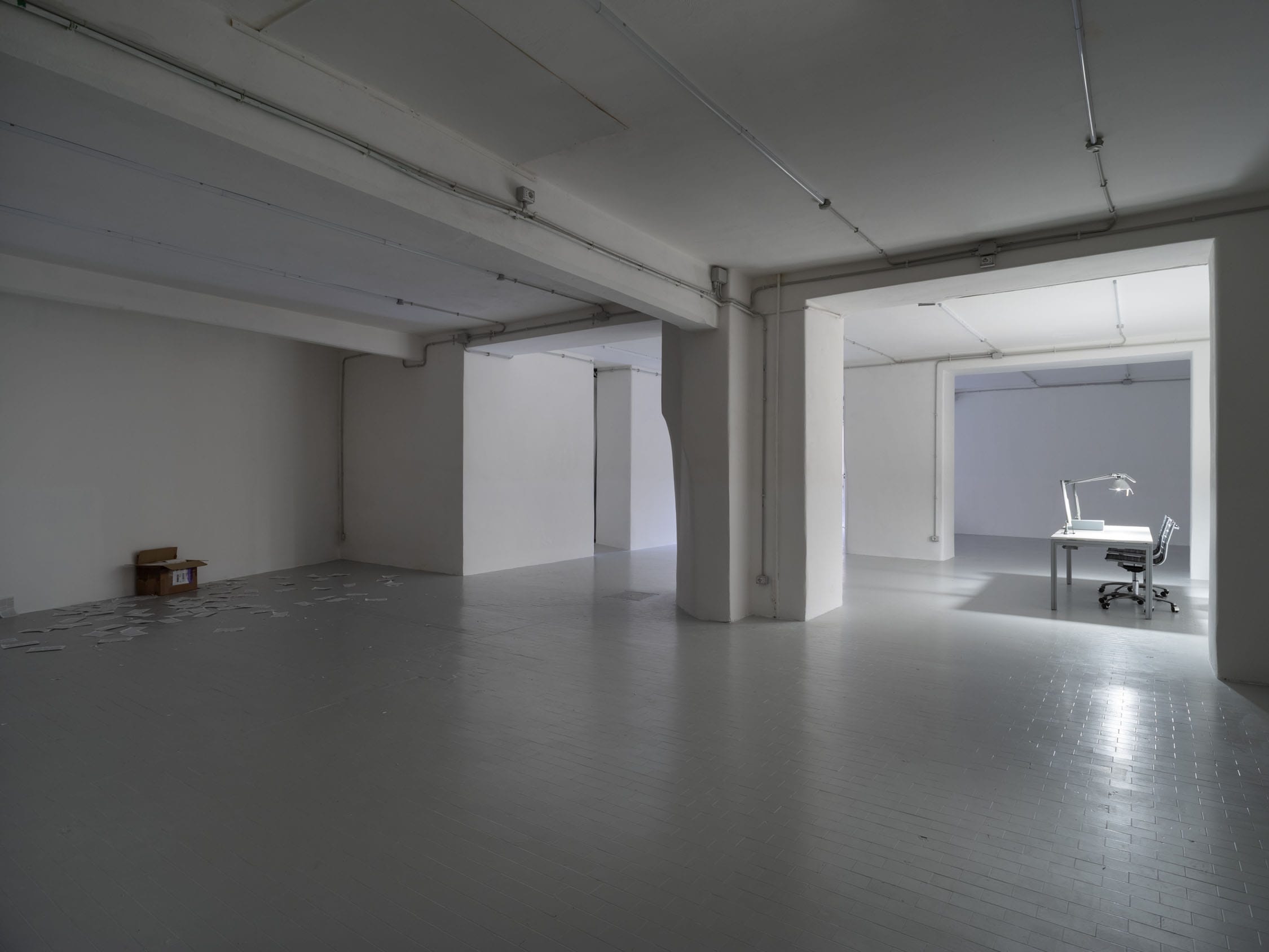
fakewhale
Founded in 2021, Fakewhale advocates the digital art market's evolution. Viewing NFT technology as a container for art, and leveraging the expansive scope of digital culture, Fakewhale strives to shape a new ecosystem in which art and technology become the starting point, rather than the final destination.
You may also like
Fakewhale Solo Series presents Code Of The Streets by Woc
Available on April 17th, Fakewhale Gallery’s Solo Series proudly presents “Code Of The S
Stephanie LaCava: Nymph – Anatomy of a Carefully Kept Wound
-There had to be a word for that, when something makes you uneasy because it’s familiar and correc
Perceptual Expanses: Skygolpe’s ‘Third Dimension’
SKYGOLPE – Third Dimension, solo show at Foundry Downtown, Dubai, Curated by Giuseppe M

